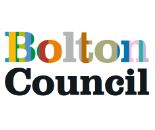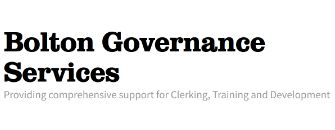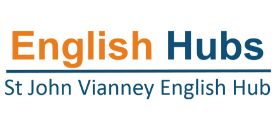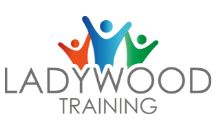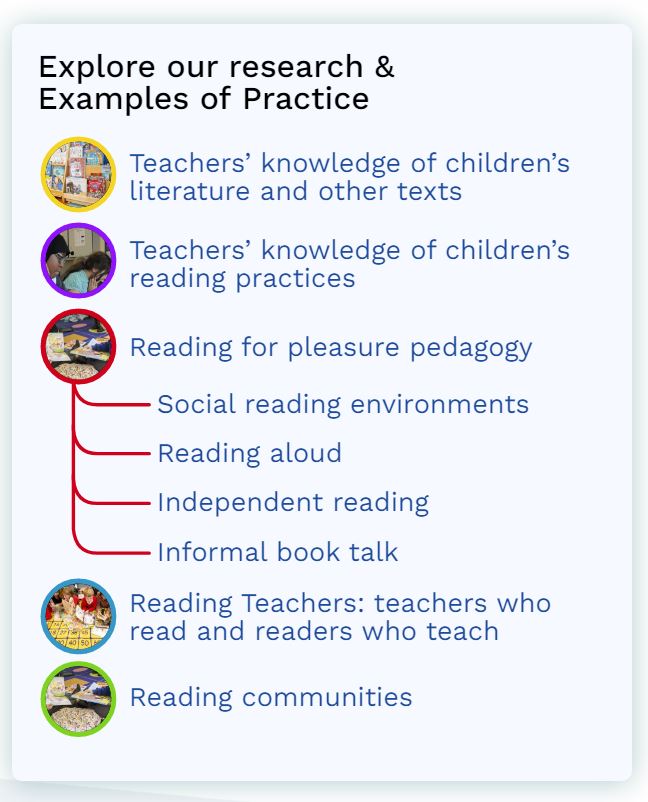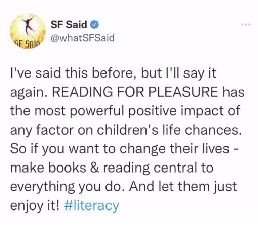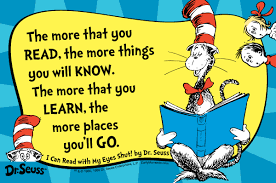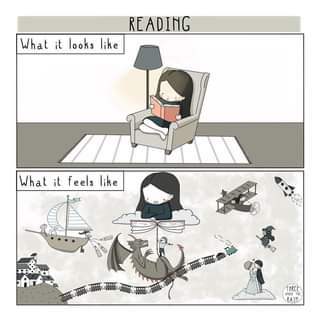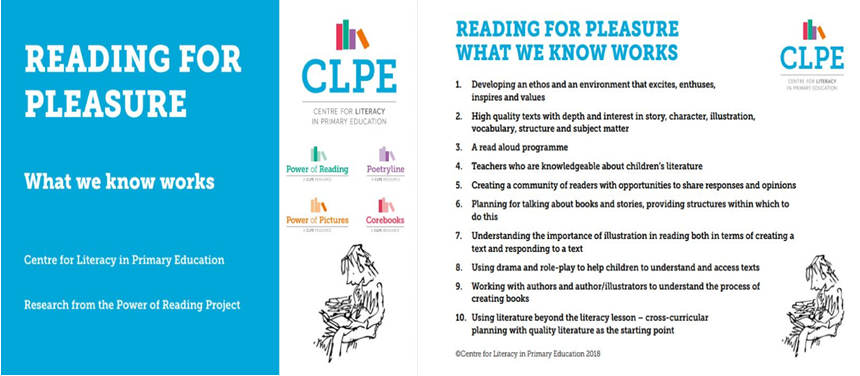Why is reading for pleasure important? And what does it look like?
This diagram summarises the 3E approach:
1. Why is reading for pleasure important, and what does it look like?
Our ambition is that reading for pleasure is the ultimate goal. We believe that this goal can be achieved by supporting parents and families to engage, enrich and encourage children to read. Thus resulting in children that are engaged, enriched and encouraged to read for pleasure.[expand title=”CLICK HERE to read more”]
Why is reading for pleasure important?
There is a growing body of evidence which illustrates the importance of reading for pleasure for both educational purposes as well as personal development (cited in Clark and Rumbold, 2006). Regularly reading stories or novels outside of school is associated with higher scores in reading assessments, other benefits to reading for pleasure include text comprehension and grammar, positive reading attitudes, pleasure in reading in later life and increased general knowledge (Clark and Rumbold, 2006). While learning discrete reading skills is vital, recent research into reading shows that developing positive attitudes towards reading can also play a key role in children’s development.
Click on the link to find out more: Research evidence on reading for pleasure
[/expand]
2. How can you adopt a reading for pleasure pedagogy?
“Reading for Pleasure is the entitlement of every child, yet how can we foster readers’ desire and engagement?”
The Open University and UK Literacy Association project
Access online evident-based resources
During the project we had lots of opportunity to access training. We also found it useful to share this research with our team. Resources such as the Open University and UK Literacy Association project website, could be used to inspire whole team discussion. [expand title=”CLICK HERE TO SEE MORE LINKS, VIDEOS AND SUPPORT“]
To find further ways to support practitioners, teachers, librarians, teaching assistants and literacy coordinators to keep up to date with new books, free PowerPoints for CPD, videos and innovative examples related to reading for pleasure, click on this link –Reading for Pleasure Pedagogy – Reading for Pleasure (ourfp.org)
Employing a RfP pedagogy checklist will enable you to:
- Take responsibility for and plan to develop children’s RfP alongside and as complementary to reading instruction
- Effectively use wider knowledge of children’s literature and other texts to enrich children’s experience and pleasure in reading
- Let children control more of their own reading and exercise their rights as readers
- Make time and space for children to explore texts in greater depth, share favourites and talk spontaneously about their reading
- Build reciprocal and interactive communities of readers
https://ourfp.org/reading-for-pleasure-pedagogy/
The Book Trust
https://www.booktrust.org.uk/news-and-features/features/2017/october/teacher-top-tips-how-to-get-every-child-reading-for-pleasure/
[/expand]
3. Seek inspiration from popular authors
The positive impact of reading for pleasure has also been well documented by popular authors such as SF Said and Michael Rosen.[expand title=”CLICK HERE TO SEE MORE LINKS, VIDEOS AND SUPPORT“]
Learn more: 20-point plan for Reading for Pleasure
[/expand]
4. Support children to understand the benefits of reading for pleasure
A growing number of children do not associate reading for pleasure. Some children see identify reading as a skill that they need to learn in school for school. With the overwhelming lifelong benefits of reading for pleasure (academically, socially and emotionally etc.), practitioners must ensure that a reading culture is nurtured beyond the setting/school. [expand title=”CLICK HERE TO READ MORE LINKS“]
Practitioners play a vital role in supporting families to help children view reading in a positive light:
Reading at home is:
a time for fun
a time to bond
a time to talk
a time to listen
a time to relax
a time for yourself
a time to think
a time to question
a time to feel
a time to read a wide range of materials including text messages, magazines, app, books etc.
a time to explore reading within and around the environment.[/expand]
5. Find innovative ways to inspire children
Share posters
[expand title=”CLICK HERE FOR POSTER IDEAS“]
Promote books with a reading for pleasure theme such as:
[/expand]
6. Support parents and families to understand the benefits of reading at home
Reading may present some parents with challenges due to a range of factors such as:
- confidence
- lack of understanding of the reading process
- illiteracy
- not having support
- time
- personal challenges
- children with SEND who need a very bespoke response
[expand title=”CLICK HERE TO READ MORE“]
It is also important to recognise that some children may not receive any input from a parent and may need to rely on adults outside the home or siblings. Some children will have to read/engage in reading activities without any support at all.
Develop a whole setting/school ethos to promote reading for pleasure.
Find innovative ways to reflect on your current practice.
The Centre for Literacy in Primary Education is a charity working to improve literacy in primary schools.
This pamphlet brings together ten things which could be used to be considered and developed in schools that are successful in encouraging a lifelong love of reading and literacy learning.
PowerPoint Presentation (ourfp.org) Downloadable poster to support home reading[/expand]
7. Explicitly and consistently plan to Engage, Enrich and Encourage
Click the links below to find out more:
Engagement
Enrichment
Encouragement

